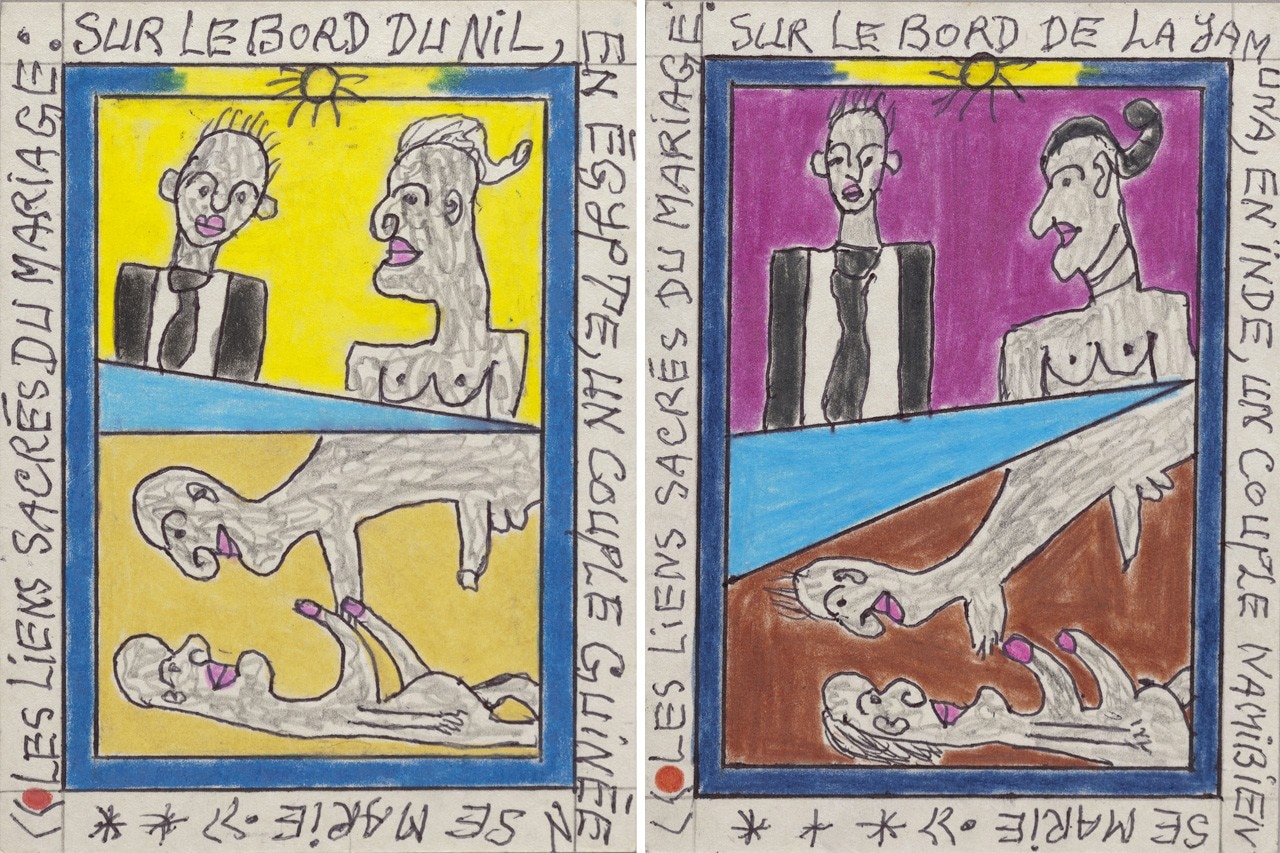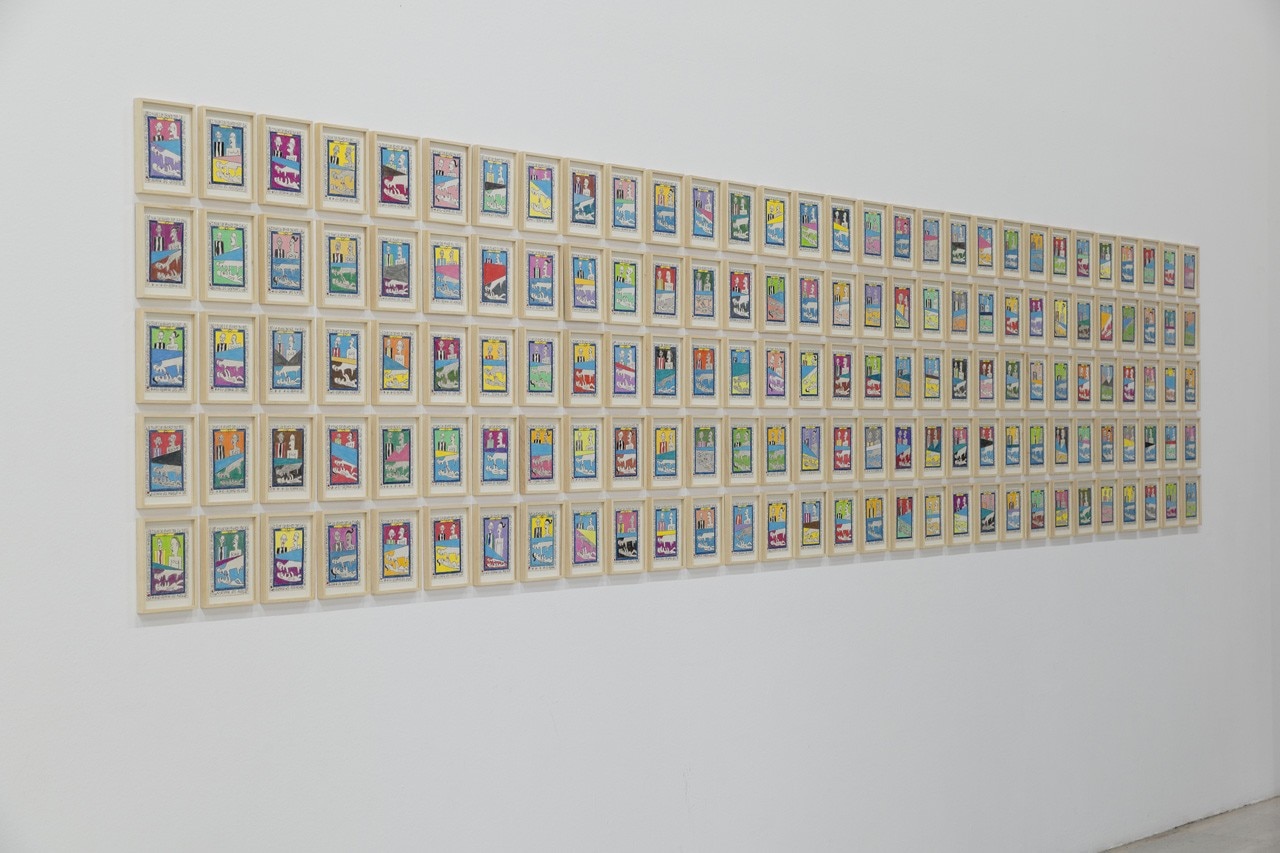
On 11 March 1948 Bouabré, working for the Senegal railways, had a vision in which God appeared in the form of “seven colourful suns forming a circle of beauty” around the Mother-Sun and entrusted him with the task of communicating universally the knowledge of his people and the world. He became Cheik Nadro, “He who does not forget”, and from the 70s began to transcribe his revelations in pictures in postcard form, creating the new Bété alphabet, which is today brought together in the encyclopaedic series La Connaissance du Monde.
In addition to his celestial vision, there was another aspect that could have contributed towards Bouabré’s need to develop his artistic and spiritual practice: the importance of the need to resolve the language question in the construction of the post-colonial Ivorian identity.
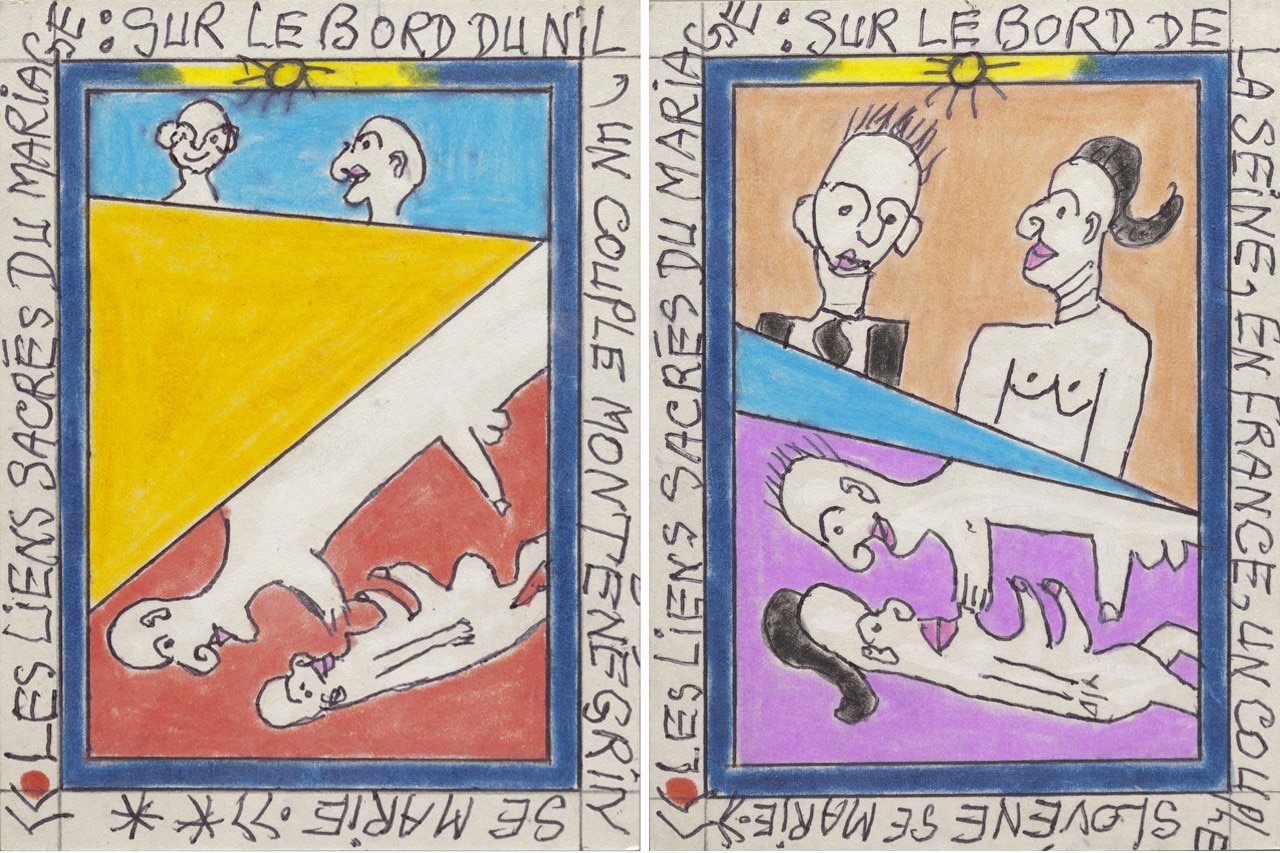
"Les liéns sacrées du mariage: sur le bord de la lagune Ébrié, en Côte d'Ivoire, un couple français se marie".
These words are repeated cyclically like a mantra around each of the 150 images in his Les liens sacrés du mariage cycle, created between 2010 and 2011, which celebrates the sacredness of the wedding as a moment of procreation.
Each picture shows the same scene, made up of two sides of the same coin. In the upper part the couple are shown dressed, fulfilling their social role (the man looks directly out of the image, the woman is always depicted in profile with her gaze turned towards the man); in the lower part they are shown in the sexual act, with the penis recalling the movement of the rays of the Sun falling on the outstretched woman, i.e. on the Earth.
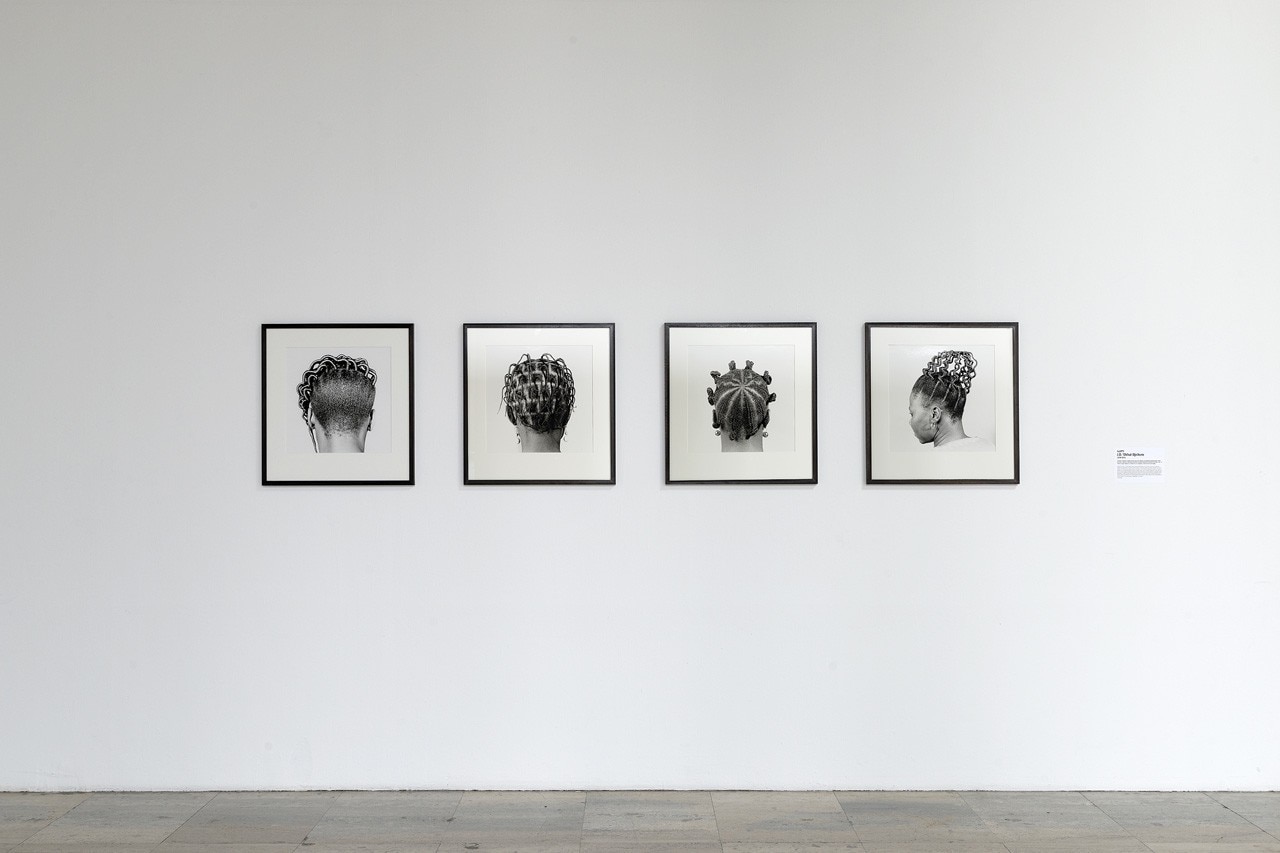
"All of these hairstyles are ephemeral and I want my photographs to be memorable traces of them. I have always wanted to record moments of beauty, moments of knowledge. Art is life. Without art, life would be frozen".
Côte d’Ivoire won independence from France on 7 August 1960. On 1 October of the same year the Federal Republic of Nigeria proclaimed independence from the United Kingdom – the new country’s flag bore the motto Unity and Faith, Peace and Progress. Three years later the self-taught photographer J. D. 'Okhai Ojeikere began to work for West Africa Publicity (1963–75), the agency that started the advertising industry in Nigeria in the years of the so-called “Indigenisation Decree”, the law that transferred the property of foreign firms to Nigerians. The decree was a response to the country’s need to become a modern, autonomous republic, just as the promotion of cultural and artistic activities was a response to the need to create national unity and pride.
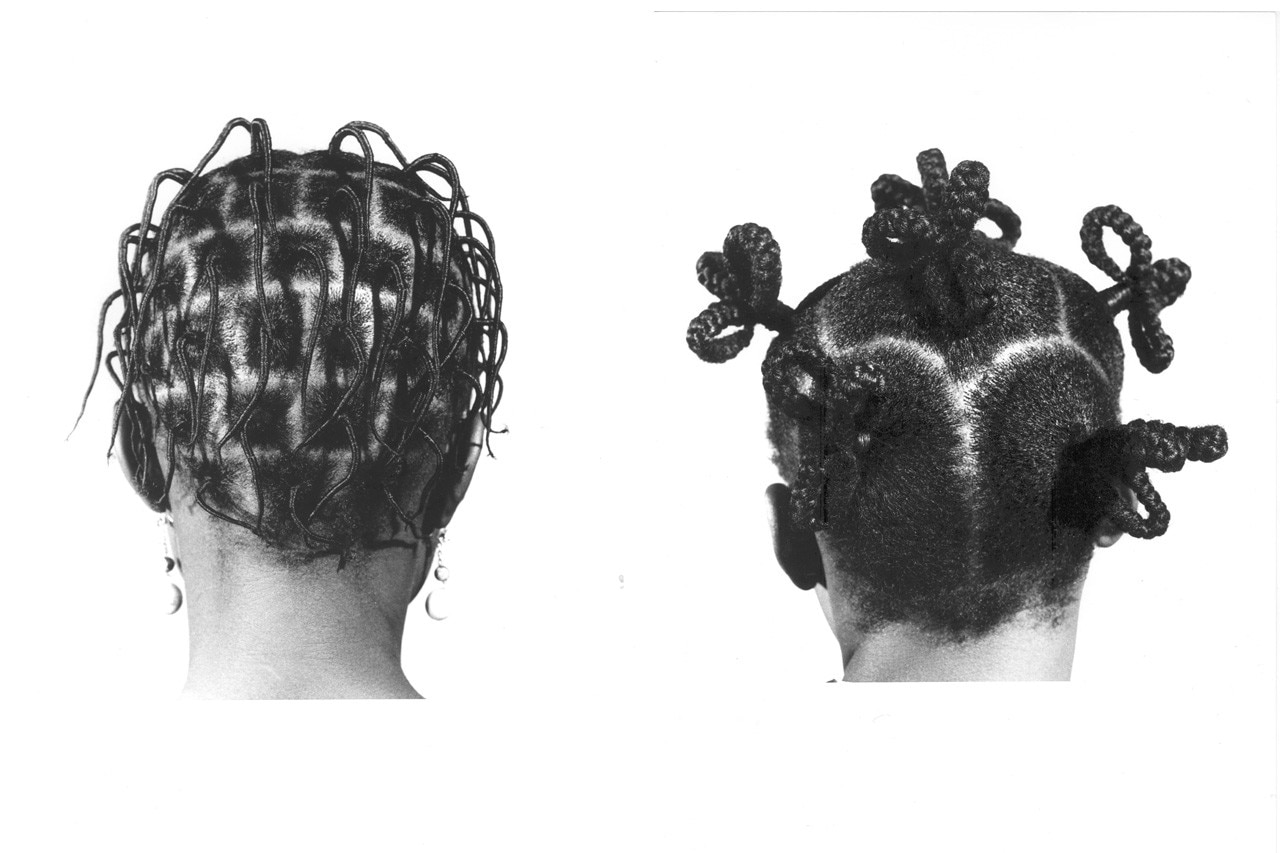
In the same years, Ojeikere began to photograph Nigerian women incessantly with his Rolleiflex, compiling a unique collection that today includes over a thousand images. With anthropological rigour he documented the symbolic architecture of their hairstyles, made up of domes, towers, curved lines and geometric spaces with sprouting locks of hair.
When we look at a portrait, we inevitably concentrate on the power of the eyes – the “windows to the soul” as they are called – but in the four images on shown in the Palais de Tokyo from the Hair Style series, the subjects have their backs to us. Here we see the perfect sphere of the head, a symbolic representation of the “fire of the active principle” and the “authority of ruling, ordering and instructing”, and which Plato called a microcosm comparable to the universe.
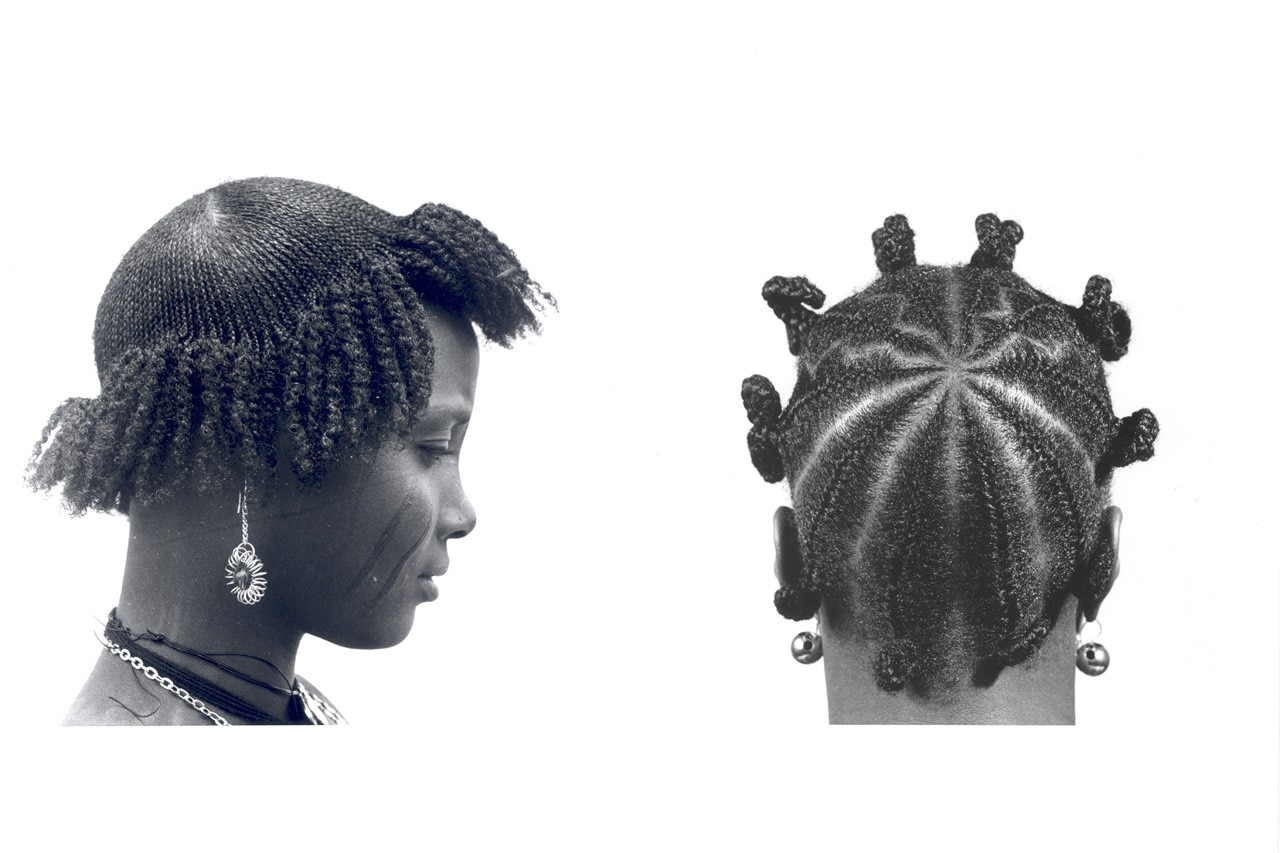
The artistic practices of Bouabré and Ojeikere were very different but they shared a need to compile knowledge through the creation of an archive, in the sense in which Jacques Derrida described the arkhē as “the beginning”, namely with a “physical, historical or ontological” meaning. It is perhaps no accident that it was a Nigerian curator, Okwui Enwezor, who in 2008 envisioned the exhibition Archive Fever: Uses of the Document in Contemporary Art, shown at the Center of Photography in New York. This was one of the most important shows ever created on the relationship between contemporary artists and documentary evidence, in terms of identity, history, memory and loss.
At the Palais de Tokyo, the works of Bouabré and Ojeikere, laid out over two walls in the central corridor, introduce visitors to an ancestral journey into the archive. This culminates, in an adjoining room, in the pictures and footage of planche 42 of Mnémosyne, the atlas of images created by Abi Warburg and shown in the exhibition Nouvelles histoires de fantômes developed by Georges Didi-Huberman and Arno Gisinger.


